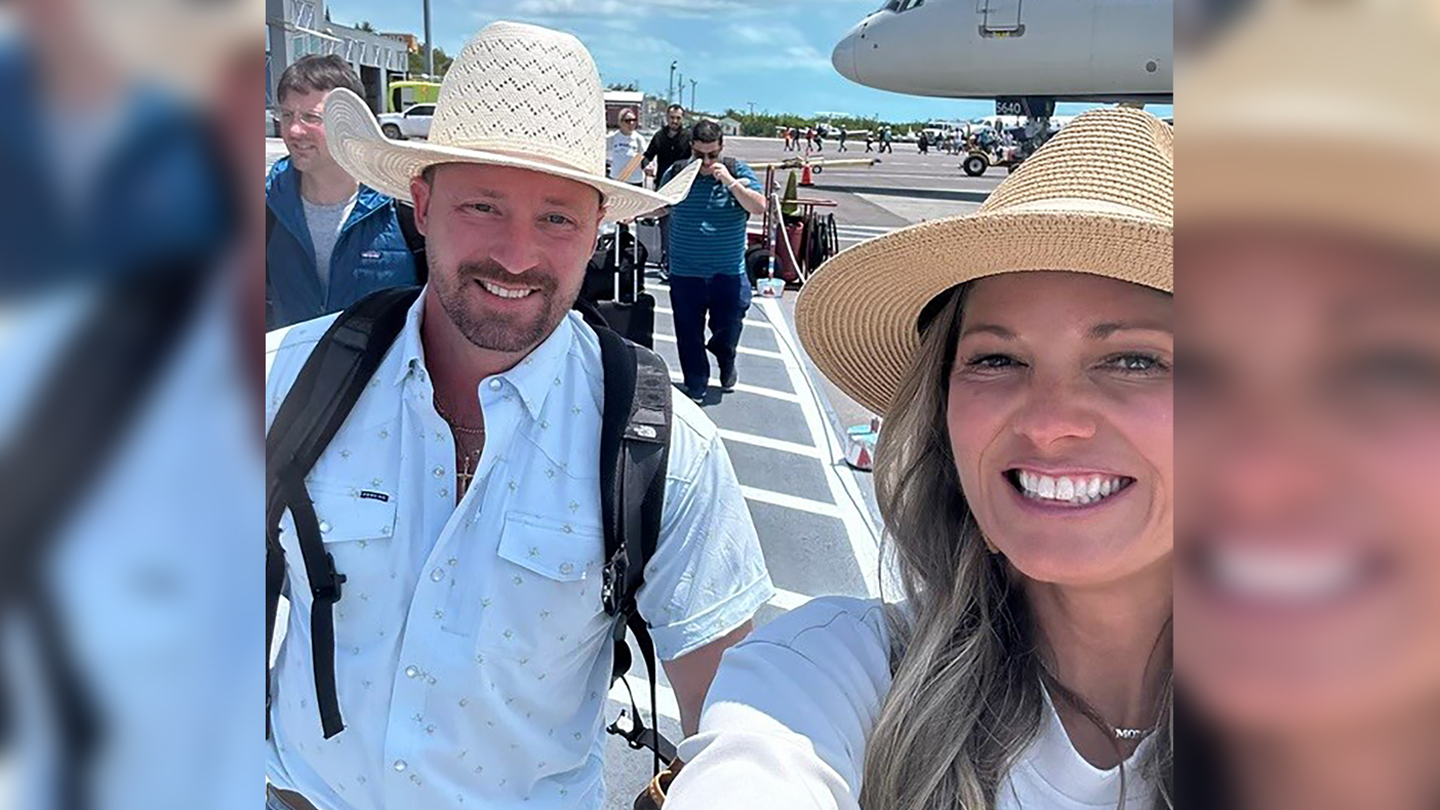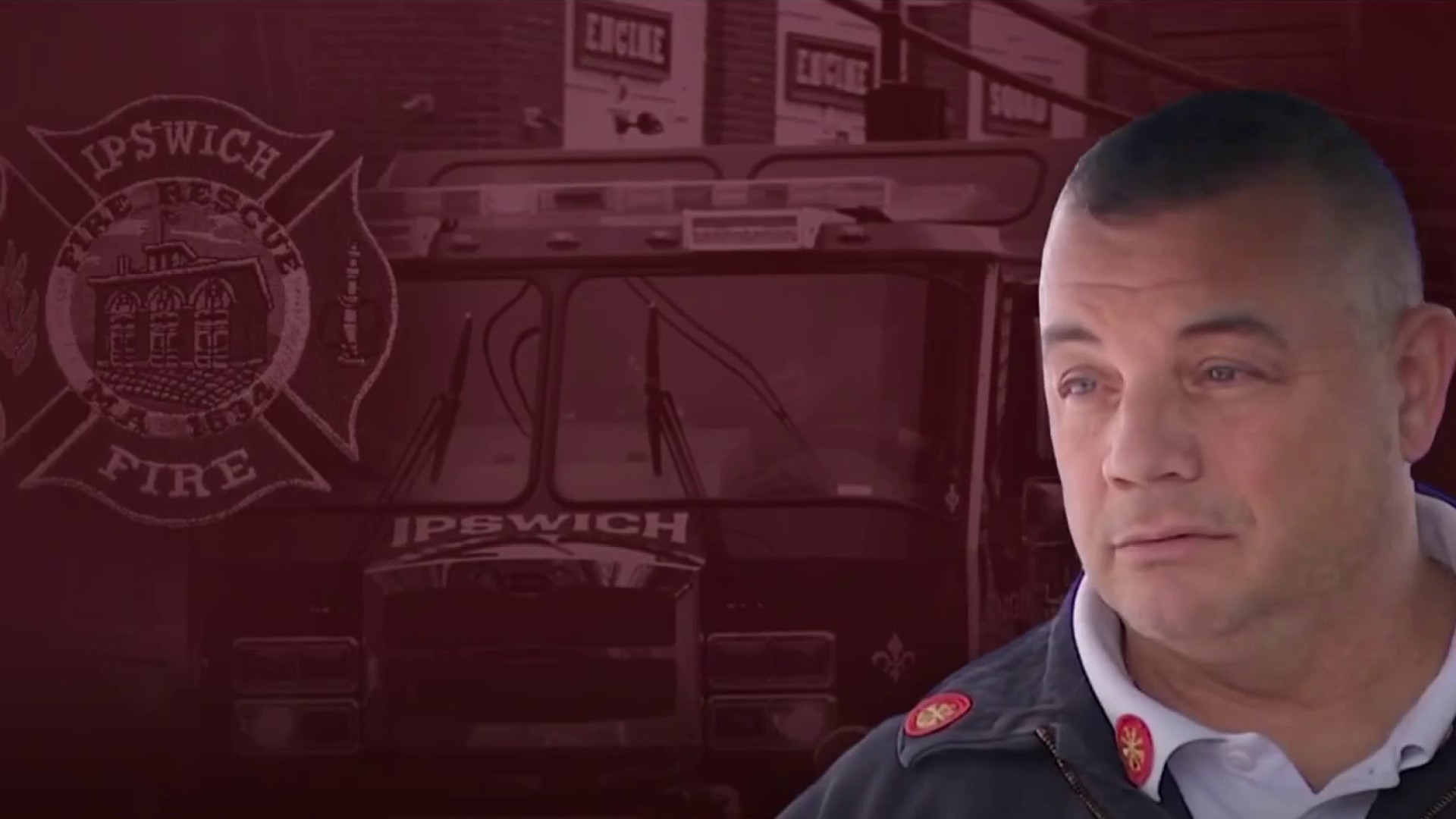This is part of an ongoing investigation into child abuse and neglect in Massachusetts. Read the rest of the series here.
Defying state officials’ predictions, the number of children who died from abuse and neglect in Massachusetts fell sharply in 2014, according to a newly released count, raising questions about whether the drop reflected improved vigilance or just good luck.
The number of child deaths from maltreatment fell from 39 in 2013 to 22 in 2014. according to the Department of Children and Families new tally, the first substantial drop in the death toll since 2009. The agency has not compiled child abuse deaths for 2015 yet.
But the 2014 dead included 10 children who had been under state watch at some point before their deaths, suggesting that social workers continue to miss warning signs. In one case, a 12-year-old Leominster boy killed himself in a troubled home where social workers or police had found a chained refrigerator and indications the boy had been beaten.
INFOGRAPHIC: An interactive look at Massachusetts child abuse and neglect deaths.
The decreased death toll came at a time when the agency was under intense scrutiny following several high-profile deaths of children under their supervision, including a Fitchburg boy whose body was found beside a highway in early 2014. In response, the legislature boosted DCF’s budget and social workers started removing more children from homes considered unsafe. They had also placed fewer children in a “lower-risk” category of monitoring that some social workers have said failed to protect children.
But child welfare officials and others were reluctant to call the drop evidence of a meaningful trend. Last year, they had estimated that 2014 numbers would remain elevated, due in part to the region’s drug epidemic.
Investigations
State officials said they are grateful that fewer children died in 2014, but claimed little credit, saying numbers can vary from year to year. In September, Gov. Charlie Baker promised an overhaul of the state’s child welfare system, including better investigations of maltreatment allegations and improved oversight of social workers.
“We recognize that there are deep-rooted systemic problems that are being addressed in the ongoing agency reform,” said Andrea Grossman, a DCF spokeswoman.
A child welfare expert said the fatality numbers are too small to draw conclusions from the change over a single year.
“I would suggest to you that it is fortunate, random chance,” said Richard Wexler, executive director of the nonprofit, Virginia-based National Coalition for Child Protection Reform.
Last September, the New England Center for Investigative Reporting revealed that 110 children died of abuse and neglect between 2009 and 2013, about a third of whom had been monitored by DCF. The center obtained the data through public records requests, arguing that federal law requires disclosure of child abuse deaths.
Red flags for suicide
The 2014 data reveals new stories of missed opportunities: nearly half the children who died that year had been in contact with state social workers at some point in their short, troubled lives.
DCF attributed the death of the Leominster boy, middle school student Isaiah Climons, to neglect, saying parents did not take “adequate steps” to address their child’s “mental health needs.” His mother and stepfather could not be reached. Ellen Sweeney, an attorney for Isaiah’s mother, declined to comment.
But some family members and child-welfare activists are now asking why DCF and school officials did not take stronger action to help the boy, whose family was receiving social services at the time of his death.
Before he took his own life, Isaiah also made clear to some that he was contemplating suicide – posting a message on social media observed by school officials and talking to his extended family about his intentions.
“I don’t understand why this kid wasn’t pulled out of the house,” said Jetta Bernier, executive director of the Boston-based nonprofit Massachusetts Citizens for Children, or MassKids. “There were so many red flags.”
Jasmin Sepulveda, Isaiah’s older cousin, said social workers, who visited the house should have spent more time listening to his concerns. She said he had marks on his wrist and she knew he was cutting himself, a sign that he was calling for help.
“Why did they leave him there?” she asked.
Police and social service records show trouble in the home for more than a year. Nineteen months before Isaiah died, Leominster police reported that they notified DCF about the family after an officer found Isaiah’s stepfather with one of his stepsons whose mouth was duct-taped shut, police records show. In August of 2014, police again notified DCF after observing, “the refrigerator to be chained and locked.”
DCF in turn supported allegations that Isaiah was beaten with a belt and verbally abused, the refrigerator was chained and he had no proper bedding, state data shows. But the child was never removed from the home, records show.
DCF would not comment about Isaiah beyond the summary it provided.
Leominster School Superintendent James Jolicoeur said that the Sky View Middle School, where Isaiah was a student, learned about his intentions the day before his suicide, through an Instagram posting. He said school officials attempted to reach his mother and notified local police, but police said they did not have any record of such a report.
Helmeted baby, malnutrition
Two other children on the 2014 fatality list, including a Yarmouth toddler, had been placed in a recently-eliminated lower-risk track that put more emphasis on helping families stay together than on child safety. In November 2015, Gov. Charlie Baker announced that the state would eliminate altogether the dual system, months after the NECIR revealed that 10 children who had been placed on the supposedly lower-risk track were found to have died of abuse and neglect.
Lucas Braman of Yarmouth had come under state supervision because of concerns about his mother’s drug use during pregnancy, according to DCF records. He was later turned over to relatives for care and died in February 2014, after being found unresponsive in his crib, wearing a hockey helmet and covered by heavy blankets, DCF said.
The state medical examiner ruled that the cause of the boy’s death “could not be determined” and the case is still under investigation, according to Tara L. Miltimore, assistant district attorney at the Cape & Islands District Attorney’s Office.
Sheryl Erb, one of Lucas’ caretakers, declined to comment for this story.
Lucas was one of 13 children in 2014 who died after being found unresponsive or unconscious in cribs or beds, the DCF data show. At least five were being watched by state social workers because they were born with drugs in their system or were victims of other forms of abuse and neglect, according to DCF data.
The state also listed 12 children in 2014 who died of maltreatment and didn’t appear to have any significant history with the state. They included 8-year-old David Martinez, a home-schooled child from Lowell whose death was “related to malnutrition and lack of medical care,” according to DCF.
David’s parents could not be reached for comment. A criminal investigation into his death is ongoing, according to the Middlesex District Attorney’s Office.
It is possible that DCF investigated abuse and neglect complaints involving some of the 12 children and chose not to intervene. But DCF has declined to release data on allegations they received and dismissed, saying that information is confidential.
Michael Petit, a commissioner with the federal Commission to Eliminate Child Abuse and Neglect Fatalities, said state officials should be transparent about their handling of complaints, including cases in which children die after social workers declined to intervene.
“The whole veil of secrecy should be lifted except in the most unusual circumstances,” Petit said.
Still, other observers say changes in the way Massachusetts social workers do their jobs may have reduced the death toll.
The number of children pulled from their homes rose to 6,587 in the year ended September 30, 2014, up more than 20 percent from the previous 12 months, according to DCF. Peter MacKinnon, a DCF workers’ union president, said it was possible that more children have been taken out of bad situations.
MacKinnon, who heads Local 529 of the Service Employees International Union, said that the drop in deaths is heartening, but he now worries that too many children are being removed from families that may be safe.
The New England Center for Investigative Reporting is an independent, nonprofit investigative reporting newsroom based at Boston University and WGBH News. NECIR interns Shaz Sajadi and Koby Levin contributed to this report. McKim can be reached by email at jmckim@bu.edu or on Twitter at @jbmckim.



